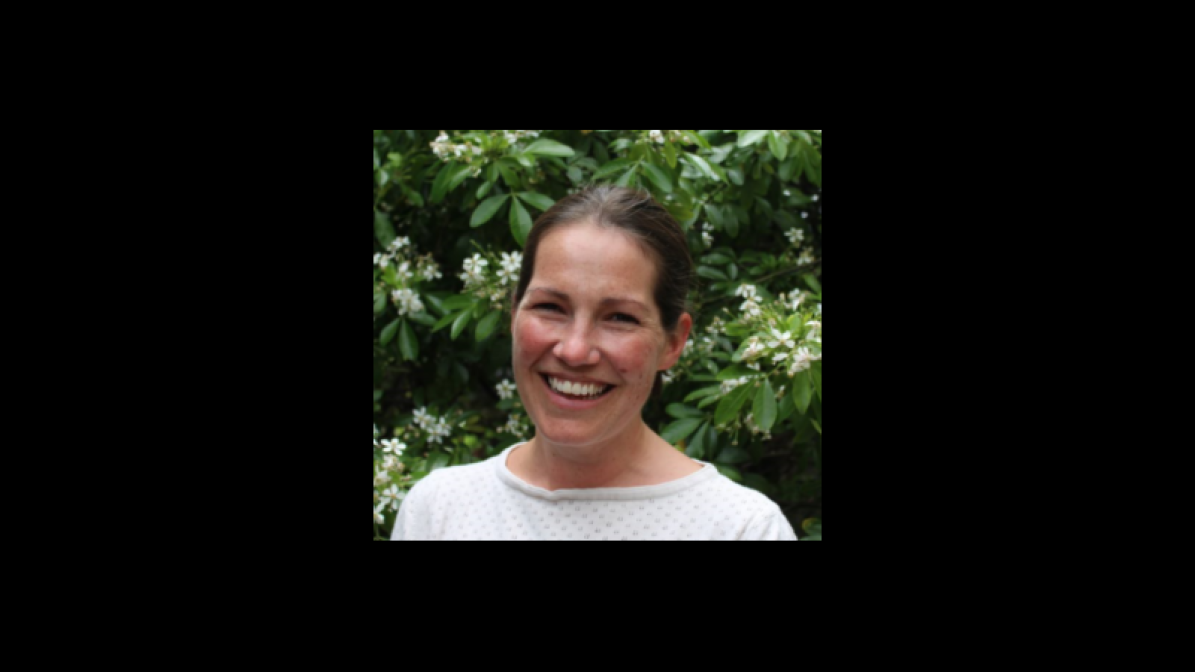Place matters
High-quality information, advice and guidance on pathways to university and available support is an essential bedrock to widening participation. With the impact of the cost-of-living crisis and lost learning from the pandemic, the demands on schools are huge. Teachers don’t have time to shop around for the most relevant and up-to-date information for their students and parents/carers. Resources such as the forthcoming UCAS Outreach Connection Service can provide an essential ‘one-stop shop’ for schools and parents.
However, we can’t have a ‘one size fits all’ approach to widening participation if we are going to ensure less advantaged students don’t lose out with the surge in applicants. Place plays a significant role in the life chances of young people from under-represented backgrounds. As part of their civic mission, universities need to actively listen to and engage with their local communities. This means working in partnership with schools, third sector partners and communities to identify the local barriers to young people reaching their educational potential and tailoring outreach activity to meet this need. It needs buy-in at the top level in both schools and universities to ensure there is a commitment to making sustained, lasting change.
Importantly, community engagement shouldn’t be about doing things ‘to’ a community, but with them so that parents and community leaders have the voice and the power to make change themselves. For example, The Brilliant Club’s Parent Power programme empowers parents and carers to make change for their children’s futures by coming together and using community organising skills to tackle the barriers to their children reaching their educational potential.


